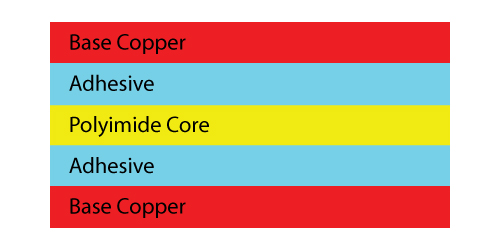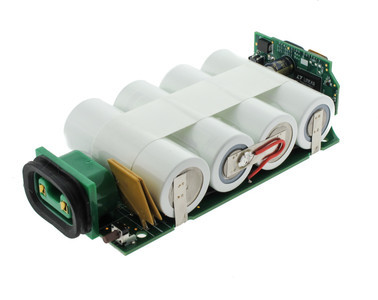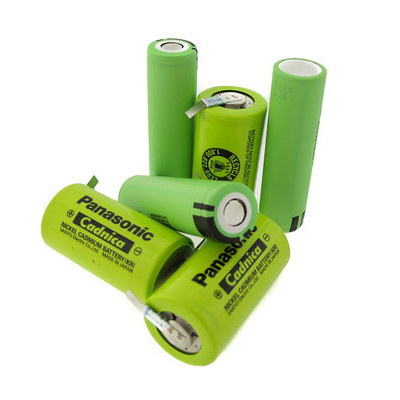Two distinct types of polyimide flex core material constructions are utilized in today’s flex circuit manufacturing: adhesive based and adhesiveless. The difference, as you can probably tell from the name, is the method used to attach the copper layers to the polyimide core. This creates a unique set of material properties for each of the material types which must be factored into designs to meets all requirements and remain cost effective.
At Epec, our staff members are our most valuable resource, and we believe in empowering employees for success. In this company, we celebrate each other’s success and support each other’s challenges. We strive to attract, hire, develop and retain passionate, talented, high-performance individuals that are driven by our mission which is to provide cost savings, technical resources and delivery advantage for our customers. We are committed to recruiting the best people that want to share our success, fit in our culture and live by our core values.
This blog post addresses custom user interface testing in terms of functional test schemes that are completed prior to shipment. Generally, the first user interface assemblies shipment are for First Article acceptance testing where customers fully examine the first units for mechanical and electrical compliance to all engineering drawing and specifications.
When you consider and evaluate the true stresses that lithium batteries encounter, most battery packs are designed to last three to five years if used and stored properly. Environmental conditions, not just charge cycling, are the key factors for longevity. The worst situation is keeping a fully charged battery at elevated temperatures. When not in use, batteries must be stored in a cool place.
When we think of manufacturing in the 21st Century, we picture automated machines rapidly pumping out new products with ease. So why can't the process of complex wire harness manufacturing become fully automated as well? To answer this question, we need a deeper understanding of cable harnesses and how they are prepared.
A cable harness, also referred to as a wire harness, cable assembly, wiring assembly, or wire loom, is a grouping of wires and/or cables that are used to transmit signals as well as provide electrical power if needed. The wires and cables are joined together using a combination of straps, cable ties, cable lacing, tubing (either shrink tubing or non-shrink tubing), sleeving, electrical tape, conduit, and braided extruded string.
When designing PCBs in a multi-up array, most designers choose v-score (also referred to as v score, v cut, or v groove) as the singulation method over traditional rout and breakaway tabs. The benefits of v-scoring pcb range from effortless removal of parts from panel form to realized cost savings with better utilization of panel area. When designing circuit boards in array with v-scoring, there are two areas of concern - the angle of the cut, and the depth of the cut.
Over the past several years, the label "hybrid supplier" has become more popular among industry leading product and service companies. The term means combining multiple business elements with a unique process to create a mixture suited to fulfill all of a customer's needs under one company. While this sounds like a very attractive business model for a customer to use, it is much harder than it sounds.
For rigid-flex printed circuit boards (PCBs), the space joining rigid material to flex material (Transition Zone) sometimes contains imperfections that, although acceptable, could impact effectiveness of the final part. Transition zone imperfections can include any of the following:
There are several factors to consider when selecting the type of battery cell to use in your battery pack design. Looking at the battery requirements and the dimensional space available are important. Another factor that comes up is pricing. The top tier manufacturer brands can be expensive, but there are also comparable solutions in Asia that will reduce the cost.
With the news of TTM and Viasystems merger, two of the last big three (Sanmina being the third) circuit board manufacturers joining together is certain to have wide ranging effects on the United States Printed Circuit Board industry. To start, each merger of companies this size are priced to include "synergies" between the two companies. The word synergy is code for closing facilities and cutting people to save money to pay for the acquisition.























